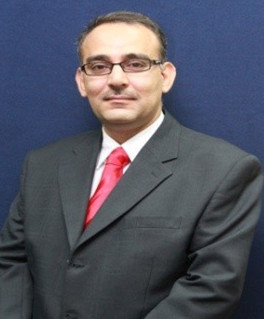Abstract—The effects of pressure on NO
x formation and flame structures in diffusion flames of methyl formate is investigated. The flames are simulated from the conservation equations for mass, momentum, energy, chemical species and equation of state. The results obtained, are validated by comparison with results obtained from the extensively studied methane/air and methanol/air flames. A fully infinite computational domain between two opposed nozzles (one ejecting pure fuel and the other pure air) has been used for all the flames. The initial temperature of both fuel and air streams is taken as 300 K. The flames have been computed at constant pressures of 1 atm and 50 atm and at a strain rate of 30 s-1. It has been observed that pressure affects the structure of flames and formation of various species including oxides of nitrogen in diffusion combustion of CH
4, CH
3OH and CH
3OCHO. It has also been shown that in diffusion flames NO formation in the three fuels increases with increase in pressure. A comparison of N, HCN, N
2O, CH, O, OH and N
2 has shown that NO formation in diffusion flame mainly occurs through the reaction N
2 + O→NO + N, which is a thermal-NO formation route. Finally, it is established that increase in pressure results to reduction in flame thickness due to the high rate of heat release at high pressures.
Index Terms—Methane, methanol, methyl formate, nitric oxide, diffusion flame, thermal-NO.
J. M. Ngugi, P. N. Kioni and J.K. Tanui are with Department of Mechanical Engineering, Dedan Kimathi University of Technology P.O. Box 657-10100, Nyeri, Kenya (e-mail: ndirangukioni@dkut.ac.ke).
[PDF]
Cite:J. M. Ngugi, P. N. Kioni, and J. K. Tanui, "Numerical Study of Nitrogen Oxides (NOx) Formation in High-Pressure Diffusion Flames of Methane, Methanol and Methyl Formate," Journal of Clean Energy Technologies vol. 6, no. 1, pp. 74-82, 2018.


